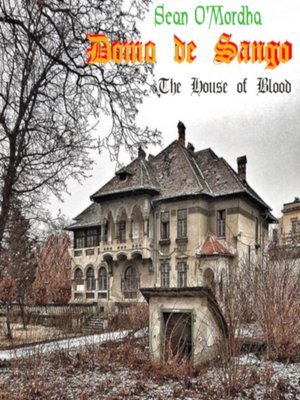
Sign up to save your library
With an OverDrive account, you can save your favorite libraries for at-a-glance information about availability. Find out more about OverDrive accounts.
Find this title in Libby, the library reading app by OverDrive.



Search for a digital library with this title
Title found at these libraries:
| Library Name | Distance |
|---|---|
| Loading... |
The existence of vampire-like demons and spirits was known in the cultures of China, Mesopotamia, the Hebrews, Ancient Greeks, Northeast India, and the Romans for over a thousand years. In the early 1700s vampires became popularized in Western Europe thanks to mass hysteria in the Balkans and the Eastern European countries of Albania, Greece, and Romania. The English writer, John Polidori, established the charismatic and sophisticated vampire of modern fiction in 1819 with The Vampyre. This was followed by the Irish author, Joseph Sheridan Le Fanu, who published Carmilla (1872) and then Bram Stoker's Dracula (1897). These stories laid the distinctive foundation of the modern vampire genre.
Domo de Sango; House of Blood takes a slightly different path. Not a grotesque creature, a vampire could be standing next to you at the yearly neighborhood block party. This tale gives a plausible historical and medical basis for the existence of vampires as told by a most unlikely but reputable source. Nothing has changed. Vampires still require human blood to continue their existence. How they obtain and dispose of victims without drawing attention may keep you from wandering about alone at night and standing at your front window wondering about that person across the street.







